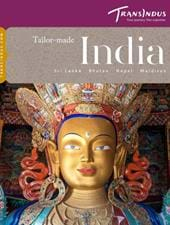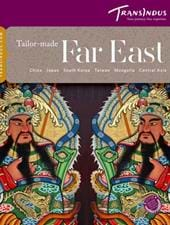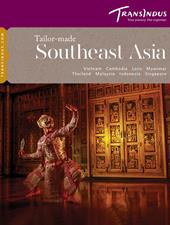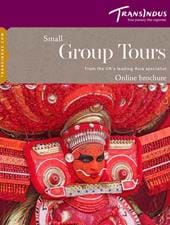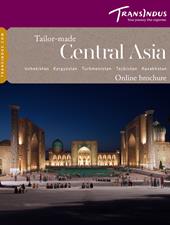Festivals are an important part of the Ladakhi religious calendar. Every monastery in the region hosts one, usually in the winter months when there is less agricultural work to distract villagers. However, an increasing number have followed the example of Hemis Gompa, one of the largest and most revered monasteries in the Indus Valley, and shifted their festivals to the summer in order to capitalize on interest (and ticket revenue!) from visitors.
Regardless of when it is staged, a typical festival – or ‘Tsechu’ – involves spectacular masked dances by the resident monks, along with the unfurling of giant ‘thangka’ (magical wall hangings depicting Buddhist deities and sacred diagrams). Dressed in elaborate costumes of silk brocade, with striking masks, swords and spears, the monks leap and spin in carefully choreographed routines, watched by crowds dressed in traditional finery – including turquoise- and coral-encrusted headdresses, or ‘peraks’.


